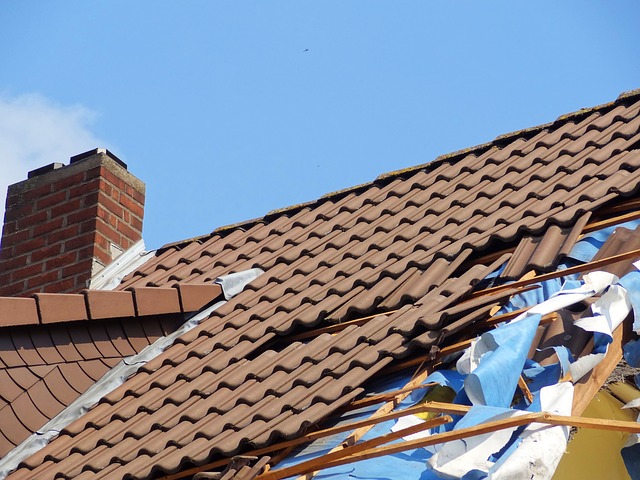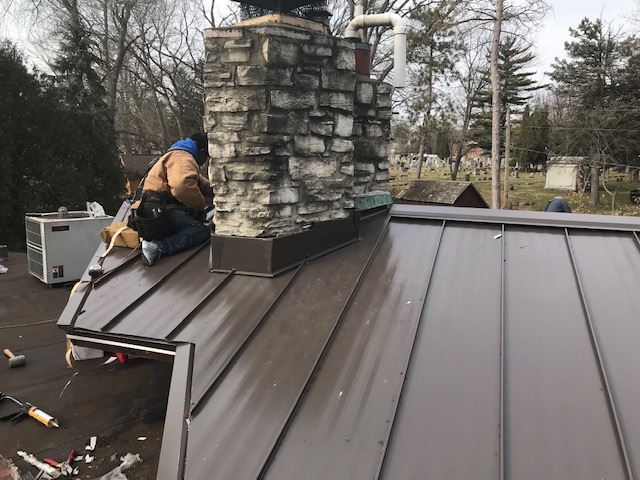Weather is a relentless force, shaping the landscapes of our world and influencing every aspect of our lives. From the clothes we wear to the activities we engage in, weather conditions play a significant role. But one area where its impact is often underestimated is on the roofs over our heads.
The Quiet Protector: Understanding Your Roof’s Role
Your roof is more than just a cover for your home; it’s a shield against the elements. It stands tall, enduring the brunt of rain, snow, hail, and sun, day in and day out. Yet, despite its resilience, weather conditions can take a toll over time, gradually wearing down its defenses and compromising its integrity.
Rain: The Silent Invader
Rain may seem harmless as it pitter-patters on your roof, but over time, its effects can be profound. Persistent rain can lead to water pooling, seepage, and ultimately, leaks. Even a small breach in your roof’s armor can pave the way for water damage, mold growth, and structural issues. Additionally, heavy rain combined with strong winds can dislodge shingles, exposing vulnerable areas to further damage.
Snow: The Weight of Winter
While a blanket of snow may evoke feelings of warmth and nostalgia, it can pose a significant threat to your roof’s stability. The weight of accumulated snow can exert immense pressure on your roof, especially if it’s not properly insulated or ventilated. This added strain can cause structural deformities, sagging, or even collapse in extreme cases. Moreover, as snow melts and refreezes, ice dams can form along the edges of your roof, leading to water backup and potential leaks.
Hail: Nature’s Hammer
Hailstorms are nature’s way of reminding us of its raw power. From tiny pellets to golf ball-sized chunks, hail can wreak havoc on your roof, leaving behind a trail of dents, cracks, and punctures. These seemingly minor damages can compromise the integrity of your roof, making it more susceptible to leaks and further deterioration. Additionally, hail damage is not always immediately apparent, often lurking beneath the surface until it manifests as a more significant problem down the line.
Sun: The Silent Fader
While sunlight is essential for life on Earth, prolonged exposure can have adverse effects on your roof. The UV rays in sunlight can cause shingles to become brittle and faded over time, diminishing their ability to provide adequate protection. In extreme cases, prolonged sun exposure can lead to thermal expansion and contraction, causing materials to warp, crack, or degrade prematurely. This can compromise the structural integrity of your roof and increase the risk of leaks and other weather-related damage. If you are looking for more ideas about roofing, you may visit Kellner Roofing of Fairfield county to learn more.

Protecting Your Roof: A Proactive Approach
While we can’t control the weather, we can take steps to safeguard our roofs against its effects. Regular maintenance, inspections, and repairs are essential for identifying and addressing potential issues before they escalate. Investing in high-quality materials, proper insulation, and professional installation can also help fortify your roof against the elements.
Conclusion
Your roof is your first line of defense against the ever-changing whims of Mother Nature. By understanding how weather conditions can impact its health, you can take proactive measures to protect and preserve it for years to come. So, the next time you gaze up at the sky, remember to give a nod of appreciation to the silent guardian watching over you.



